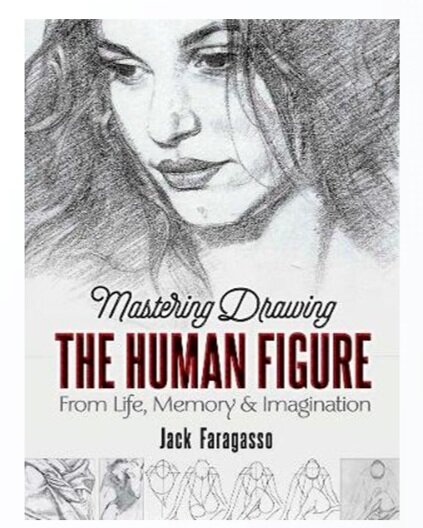3 top tips for drawing faces in your medical illustrations
Hi friends, Annie here. Like I’ve said many times before, figures serve as our canvas for many of the medical illustrations that we create. So when it comes to drawing faces, we need to make sure we’re creating figures that are visually appealing as well as stay true to its form. Today I wanted to share with you some quick tips for drawing faces and making them look beautiful.
You can watch these tips on our Learn Medical Art YouTube video above (be sure to subscribe to our YouTube channel so that you don’t miss other videos like this). Or you can check out the breakdown in the article below.
Tip 1: Soften the details
When you’re working with line illustrations, line placement becomes incredibly important as it can have a dramatic impact on how old your character looks.
If you want a younger character, avoid drawing too many lines around the eyes and mouth as this can easily age your character. Keep your character young by limiting the number of lines you add to the face.
To quickly ages your character, adding nasolabial folds or vertical wrinkles works really effectively.
Gravity if very prominent in thinner ageing skin, so you can also add jowls to help with aging your character.
Tip 2: Watch out for creepy children
Line placement in children is important because it can either make your illustration look like a cute kid or it could look like an adult pretending to be a child.
Babies and younger children have a plumper nasojugal fold and nose ridge, so avoid adding any lines in these areas.
Even though babies have chubby cheeks, it’s best not to outline them here as they can easily age the baby and the child starts to look haggard.
Tip 3: Line placement is important
Line placement is really important, not everything needs to be outlined to build a believable and appealing form.
Never fully outline the lips, this makes your character’s lips look clown-like and less attractive.
Give a lot of love and attention to the eyes. Don’t rush this part as pupil placement could easily make a person look cross-eyed.
Less is more when it comes to details like hair or skin folds.
Want to practice drawing heads? Here are some resources we love...
People say practice makes perfect when it comes to art, but it’s also important to make sure you’re reflecting and critically analysing your work so that you can spot areas for improvement.
There are some brilliant methods and guidance for learning about how to draw the head and facial anatomy. Here are some of our favourite resources to date.
“Drawing the Head & Hands” by Andrew Loomis
This book covers the “Loomis” method for drawing heads.
“Mastering Drawing the Human Figure From Life, Memory & Imagination” by Jack Faragasso
This book covers the “Reilly” method for drawing heads.
Proko - YouTube channel
Stan Prokopenko’s channel is so useful and engaging. You can see him using some of the above methods (like the Loomis method) for his figure drawing.
Sinix Design - YouTube channel
Sinix has a great playlist for anatomy quick tips. These are worth checking out.
Disclaimer: By making a purchase through our affiliate links above, we get commissions for purchases made through links in this post at no extra cost to you. This helps us continue to write and create free educational content about the medical illustration and animation industry.









